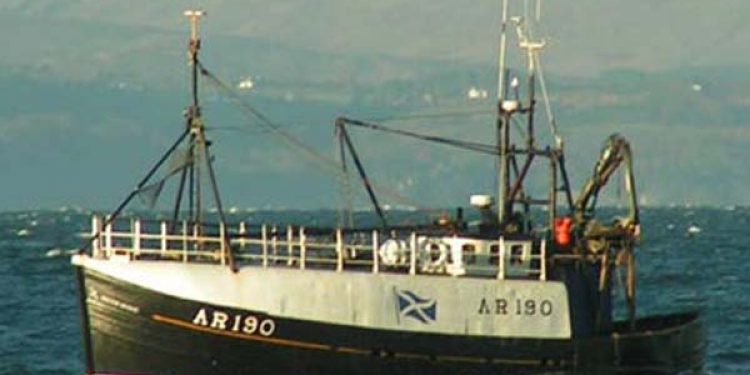Earlier this year Seafood Scotland commissioned two consumer panels in Scotland and England from independent consumer research companies Consumer Panel Elite and England Marketing.
The panels blind tested Scottish product against haddock from Norway and the Faeroes, and participants were asked about their perceptions of and associations with haddock, their buying habits, preferred products, and general knowledge about origins and provenance of haddock and seafood in general.
The groups compared the raw appearance and the texture, taste and flavour of Scottish, Norwegian and Faroese product. A significant 59% of panellists preferred Scottish haddock in plain grilled form to the other choices and 56% preferred Scottish haddock to other choices when battered.
Haddock was considered to be a safe product, part of a staple diet, and a main meal focus to suit all the family. In terms of being an exciting option, it was ranked below sea bass, trout, salmon and prawns, which leaves scope for the organisation to look at ways to move haddock higher up the list.
34% of the panel purchased their haddock from Tesco, with 26% buying from other outlets including M&S, compared to Asda (12%), Morrisons (9%) and Sainsbury’s (9%).
In terms of product type, 33% preferred to buy their haddock smoked, 20% fresh, 20% breaded, 14% as fishcakes and 9% as battered. Just 5% sought out haddock in a ready meal.
Preference for counter purchases, pre-pack and frozen was roughly one-third each, with pre-pack scoring slightly higher at 37%. Two main factors influencing pack purchase were appearance and price.
Panellists’ top two words associated with haddock were chips and fish supper. Other associations include smoked, traditional meal, and Cullen skink.
The panel findings also demonstrated that consumers associate salmon with Scotland but did not make the same association with haddock. They are aware of an issue with discards thanks to recent media interest, and also understand the need for product to be sustainable, but have little or no recall of third party labels such as MSC, and are confused over catch terms such as “line caught”.
Asked for opinions on country of origin, panellists reported that whilst they believed Scottish haddock would be fresher, provenance was not a main driver for purchase. Instead, quality in terms of taste, texture and freshness was the most important factor.
Seafood Scotland is signposting the positive attributes and sustainability of Scottish haddock to processors, retailers and foodservice businesses during visits from Jim Gourley, Business Development Consultant, and Jess Sparks, Environmental and Technical Manager, along with other members Seafood Scotland. “We believe that the results of our panels can be used to help drive sales of Scottish haddock in all sectors,” confirmed Jess Sparks.
Seafood Scotland is initially concentrating marketing effort on increasing uptake through the fish and chip sector, where haddock is already a popular choice, particularly in Scotland. A visit from fish and chip shop owners is being organised for November and activity is also being planned.
Scotland Seafood
FiskerForum.com









